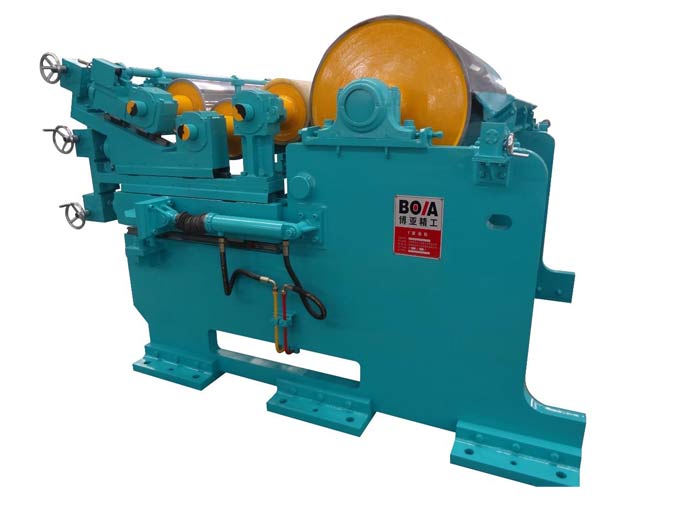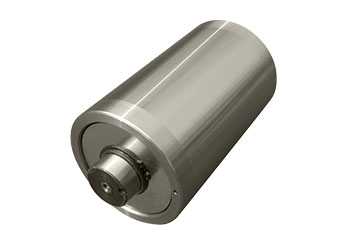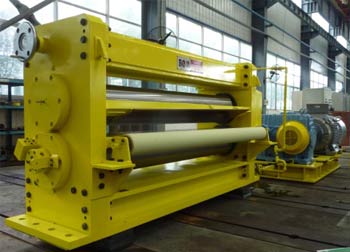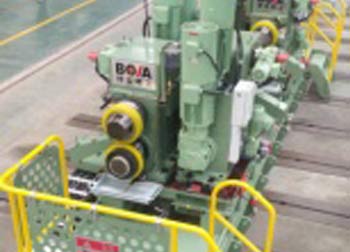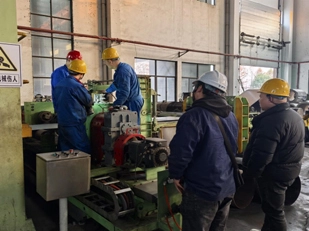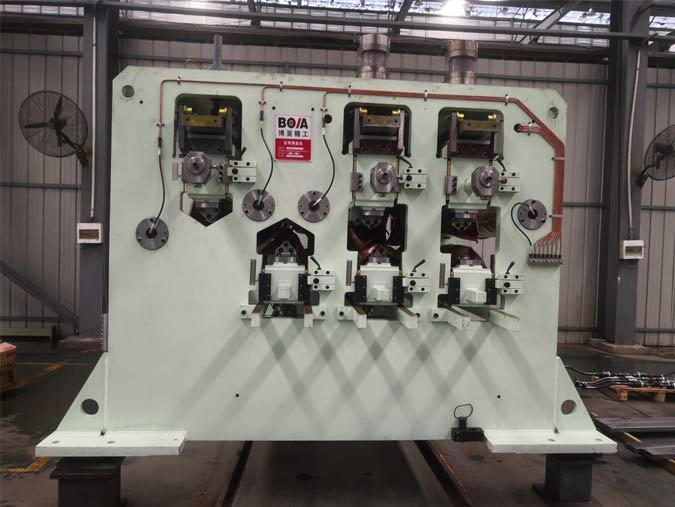Key Points of Roller Coating Process of Roll Coat Machine
Roller coating machines are divided into two categories: manual roller coating machines and several roller coating machine. Light-curing coatings usually use mechanical roller coating, which can be divided into two categories: co-directional and reversed. The rotation direction of the paint roller of the co-rotating roll coat machine is consistent with the advancing direction of the object to be coated. The surface of the object to be coated is applied with the pressure of the roller, and the paint is applied in an extruded state, with a small amount of coating and a thin coating. Therefore, when the co-rotating roll coating machine is used for coating, two machines are often used in series, and the resulting coating is more uniform.
Ⅰ. The process characteristics and advantages of the roll coat machine
The roll coating machine is basically suitable for the coating of large-area sheets and strips. It is used to coat metal sheets, coils, plywood, paper, cloth, and plastic films with cured coatings. It has high coating efficiency and is easy to achieve continuously. It has the advantages of good appearance quality of the coating film, easy control of film thickness, little pollution and can be used in combination with printing. The disadvantage is that the shape of the object to be coated is too strict, the three-dimensional workpiece cannot be painted, and the equipment investment is large.
The roll coating machine is the main equipment in the series of coating equipment. It is of small paint loss, has high production efficiency, and simple and convenient protection. A roll coating machine can be well connected to the assembly line and can form a production line with a high degree of automation. Therefore, this equipment can effectively improve the coating quality.
Ⅱ. The key points of the process of the roll coat machine
1. Adjustment of paint viscosity
The viscosity of the coating used in the roll coating machine has a great influence on the uniformity and thickness of the coating film. When the viscosity of the coating is small, the wettability to the roller is large, and the coating distribution on the surface of the coated object is relatively uniform, but the problem of insufficient paint supply and thin coating may occur. Contrary to the above situation, the problems of thick coating and poor uniformity may occur when the viscosity of the coating is high. Experience has proved that the roller coating method is suitable for coatings with a viscosity between 40-150s (coating - 4 cups).
2. Coating thickness control
The easy control of the coating film thickness is a major advantage of the roller coating method. In addition to the above-mentioned adjustment of the coating viscosity to control the thickness, it can also be achieved by adjusting the rotational speed of the paint roller or the distance between the paint roller and the object to be coated. For the roller coating method of the same-direction roller coating machine, the paint roller rotates quickly, the coating film is thin, and the rotating speed is slow to coat the film thickness. The larger the distance between the paint roller and the object to be coated, the thicker the coating film, and vice versa. For reverse roll coating, the adjustment is a little more complicated, as both the pressure and speed ratio between the feed roll and the paint roll affect the film thickness.
Ⅲ. Comparing Coating Methods: Aluminum vs. Steel Rollers
Aluminum roller surface coating process prioritizes thermal conductivity for even curing, while steel rollers rely on rigidity. The oxidation-resistant anodized layer on aluminum reduces coating peeling in humid environments, though steel’s higher hardness suits abrasive coatings. Key metrics: aluminum rollers maintain 15-20% faster heat transfer but require precise pre-coating plasma treatment to avoid porosity defects.
Topics You May Be Interested in:
Roll Coating Process
Backup Rolls
Precision Blanking
Conventional Stamping
Rubber Roller Coating Machine
Press Blanking
Popular BOYA Flat Metal Processing Machinery
Other Articles about BOYA Flat Metal Processing Machinery

 English
English 